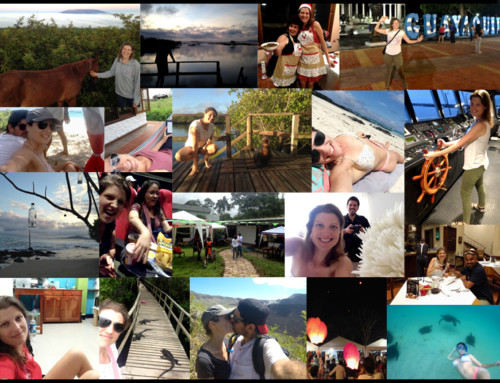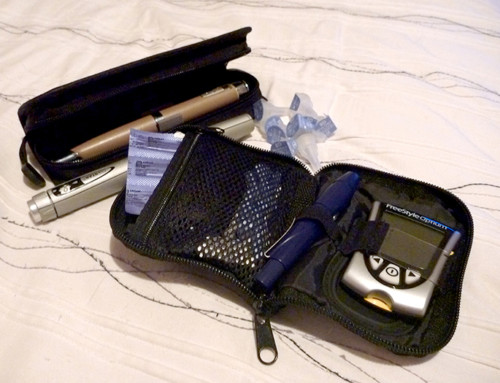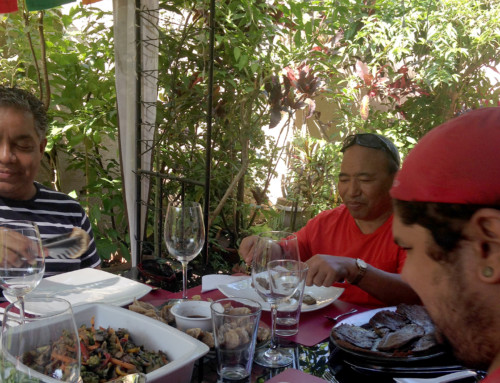People are amazed when I tell them I quit my job to travel around the world. When I tell them I’m a Type 1 diabetic and travel solo, the shock really appears on their face.
Diabetes is not a barrier to anything, especially in 2015. A little bit of planning, some flexibility and occasional creativity is all you need to manage diabetes anywhere in the world.
Here are my 5 essential tips for diabetic RTW travel:
1. Carry a doctor’s travel letter, it’s a get out of jail free card.
Carrying needles, vials of insulin, lancets and test strips doesn’t seem like the easiest way to get through airport security. But you would be shocked at how often I don’t get questioned about the supplies I have in my carry-on.
I don’t say anything about the medication I’m carrying when going through airport security anywhere in the world, and most of the time I don’t get stopped. Hong Kong international airport is the exception. I have been through a couple of times in the past few years, both as a transit stop and to visit the city, and have been flagged by security each time.
This isn’t something to panic about. Diabetic supplies are completely acceptable to carry internationally. When airport security flag me and ask to look through my bag, I immediately pull out the doctor’s travel letter I keep with my passport. As soon as the security person reads ‘Diabetes Mellitus’ on the letter everything is fine and I’m on my way. A doctor’s letter is one of the most valuable items I carry and I would never travel internationally without it.
2. When flying, always keep insulin in your carry-on baggage.
During flights the temperature in the luggage storage compartment underneath the plane can drop to almost freezing. This poses a big risk that your insulin may freeze and become ineffective. Stowed luggage is also often treated quite roughly and the chance of insulin vials being broken is not a risk I am not willing to take. Therefore I always carry all of my insulin in my carry-on bag during a flight.
3. Keep copies of scripts and doctors letters online
Scripts are quite delicate pieces of paper that can be easily lost, torn or ruined another way when traveling. The best way to ensure you have a back up of your scripts, doctor’s letters, passport, driver’s licence or itinerary is to scan and store them online before you leave.
I use Google Docs to store copies all of everything I may need when traveling. If the worst happens and all you have is the digital version of your document, at least you have something. Taking a printed version of the script you need to a non-english speaking doctor in Spain is hopefully going to help more than having nothing and needing to get your point across using a mixture of simple English and creative sign language.
4. You don’t have to keep insulin in the fridge!
It is of course recommended by pharmacists that you keep insulin refrigerated for long-term storage. However having traveled for most of last year continuously through extreme temperatures, I didn’t refrigerated my insulin and it was completely fine.
Whilst I didn’t leave it all out in the sun for hours at a time, I did travel through temperatures in SE Asia of 38°C and 90% humidity, the European summer and -18°C temperatures in Calgary, Canada without any issues at all. I think I would have had more problems if I kept putting insulin in and taking back out of the fridge, rather than leaving it out completely.
5. Separate supplies into two bags when possible
In terms of safety, I always try to have a split of my supplies between my main backpack and my carry-on bag. I can’t predict the future and if one of my bags is stolen or lost in transit, I know that I have at least some of my supplies available to me. Always think ‘better safe than sorry.’








Leave A Comment